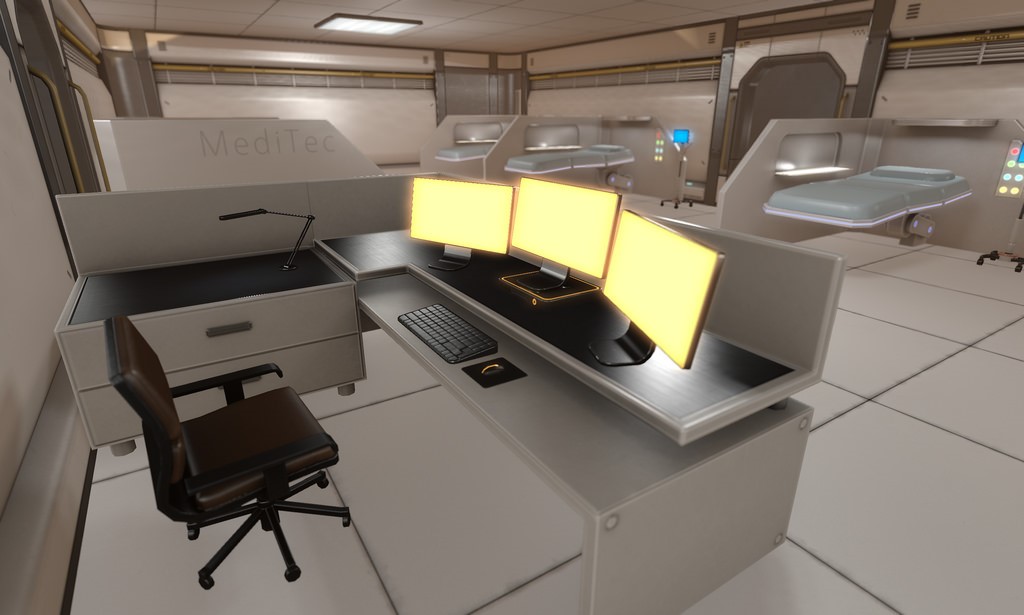With the rise in popularity of mobile browsing on smartphones and tablets, responsive web design has become increasingly important for maximising the user experience.
What exactly is responsive design?
The basic thought process behind responsive design is that rather than dictating how a user should interact with a website, the design itself should respond to each user. Smart implementation of advanced CSS, imagery and flexible layouts will mean that when a user visits a website on their desktop and then again on their tablet, their experience is equally as positive.
As this also removes the need to develop a new version of a website for each new device, which would be hugely costly, responsive design is one of the top three most important things identified by Entrepreneur for ensuring your website is up to date.
The importance of flexibility
Just a couple of years ago, the flexibility of layouts was minimal; now, the options are almost limitless, which is important when you consider just how many different screen sizes and resolutions websites need to accommodate. When hiring a Cardiff web designer, it is important to select a team with comprehensive services. Designers such as https://ambercouch.co.uk/ will work closely with you to develop a website that works smoothly across all devices and communicates key pieces of information efficiently to your audience.
Responsive imagery
Ensuring imagery is clear and in proportion is key to providing each user with a great experience, and there are many ways to implement fluid imagery into a design. In addition to closely considering the quality of images, attention should be given to how much space the file sizes use and whether they are contributing negatively to the overall page loading times. If a fix is needed, one way to improve loading times is to reduce the resolution of images displayed on smaller smartphone devices.
Content manoeuvrability
The difference in size between large desktop screens and small smartphones means that some smart manoeuvrability is sometimes required to create a mobile website that runs smoothly and does not look too overwhelming. Navigation can be simplified and elements can be hidden or rearranged to ensure maximum usability, even on the smallest of screens, which can greatly enhance usability and ensure key pieces of information are not lost.





